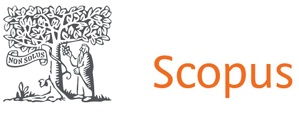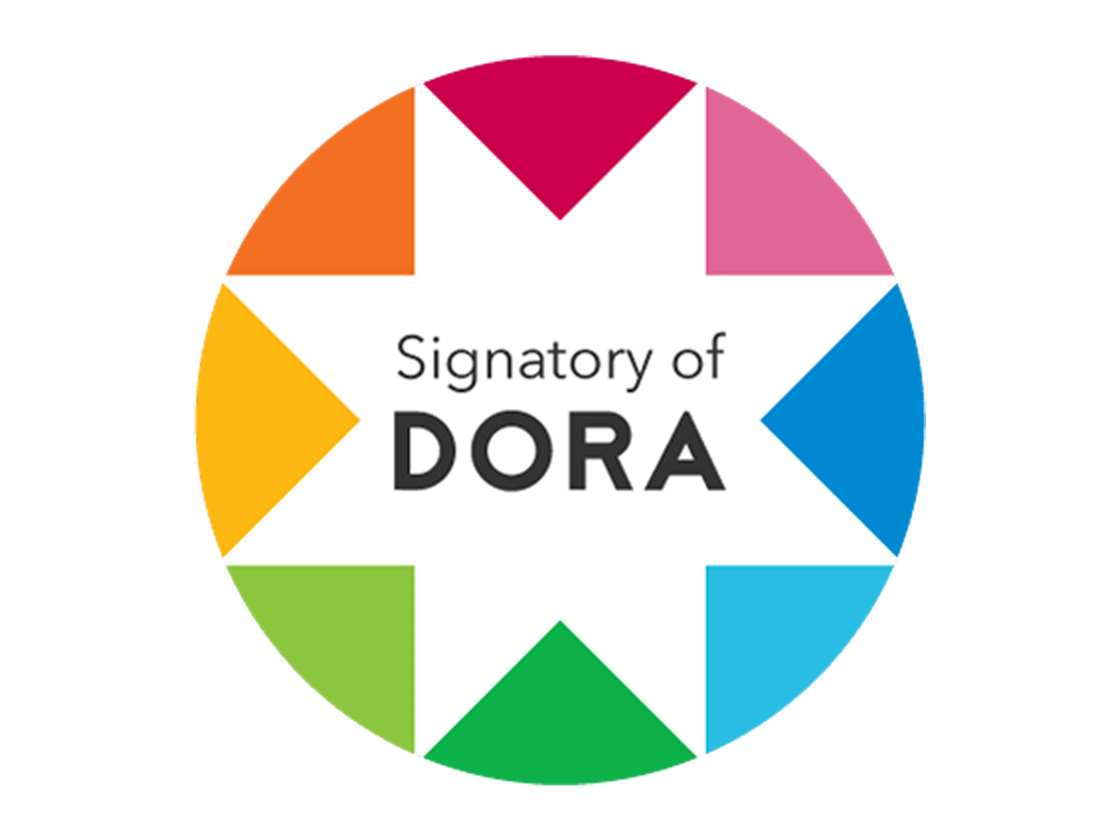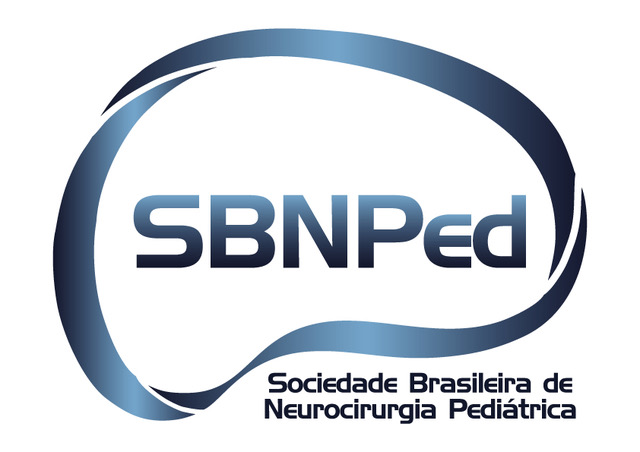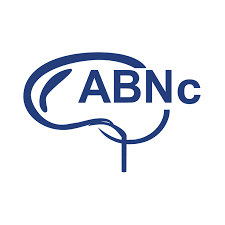Left anterior and Middle cerebral artery stroke associated with Pituitary apoplexy in an adolescent male with Giant prolactinoma: A Case Report
DOI:
https://doi.org/10.46900/apn.v7i1.288Keywords:
Apoplexy, cerebral infarction, middle cerebral artery, anterior cerebral artery, Pituitary prolactinomaAbstract
Background: Pituitary apoplexy is a life-threatening condition in which there is a hemorrhage or infarction of the pituitary gland. It can be characterized by the sudden onset of headaches, vomiting, visual impairment, endocrine deficits, and changes in consciousness. There are very few cases of pituitary apoplexy presenting as strokes in children. We report a rare occurrence of an ischemic stroke in the left anterior and middle cerebral artery territories, caused by pituitary apoplexy from a prolactinoma in a 13-year-old male which was managed medically.
Case Presentation: He presented with worsening headaches and visual acuity and later developed left oculomotor nerve palsy, right hemiplegia, and dysarthria. MRI and CT imaging confirmed an apoplectic pituitary macroadenoma with internal carotid artery encasement and infarction in the territory of the left middle and anterior cerebral arteries. The patient was treated using dopamine agonists, which led to a decrease in tumor size and serum prolactin levels without surgery.
Conclusion: This report emphasizes the need to promptly recognize pituitary apoplexy as a potential cause of stroke in children. It also illustrates successful medical management in these cases, which could be especially important in areas with limited resources
Downloads

Downloads
Published
How to Cite
Issue
Section
License
Copyright (c) 2025 Omane Acheamfour Okrah, Emmanuel Kwadwo Osei Adjei, Michael Yankey, Joseph Kebo Awindaogo, Emmanuel Jackson, Patrick Bankah

This work is licensed under a Creative Commons Attribution 4.0 International License.

When publishing in Archives of Pediatric Neurosurgery journal, authors retain the copyright of their article and agree to license their work using a Creative Commons Attribution 4.0 International Public License (CC BY 4.0), thereby accepting the terms and conditions of this license (https://creativecommons.org/licenses/by/4.0/legalcode).
The CC BY 4.0 license terms applies to both readers and the publisher and allows them to: share (copy and redistribute in any medium or format) and adapt (remix, transform, and build upon) the article for any purpose, even commercially, provided that appropriate credit is given to the authors and the journal in which the article was published.
Authors grant Archives of Pediatric Neurosurgery the right to first publish the article and identify itself as the original publisher. Under the terms of the CC BY 4.0 license, authors allow the journal to distribute the article in third party databases, as long as its original authors and citation details are identified.





























